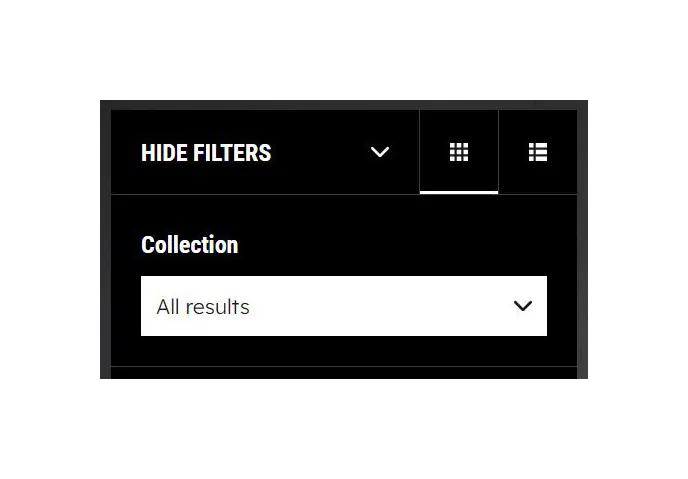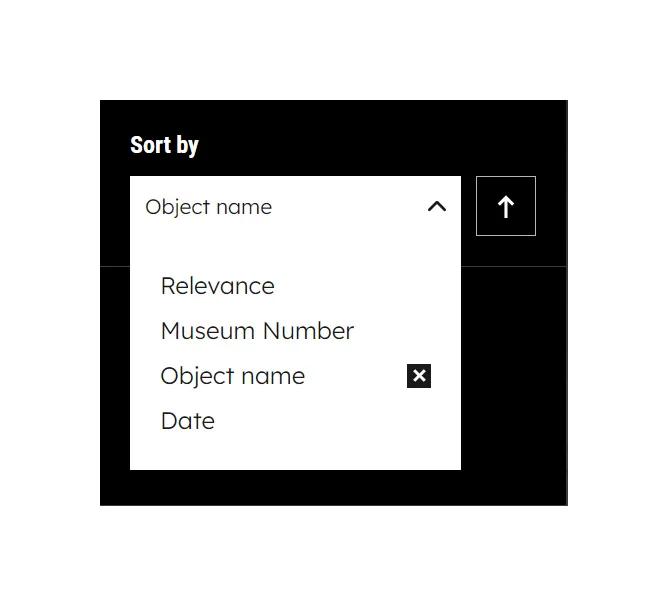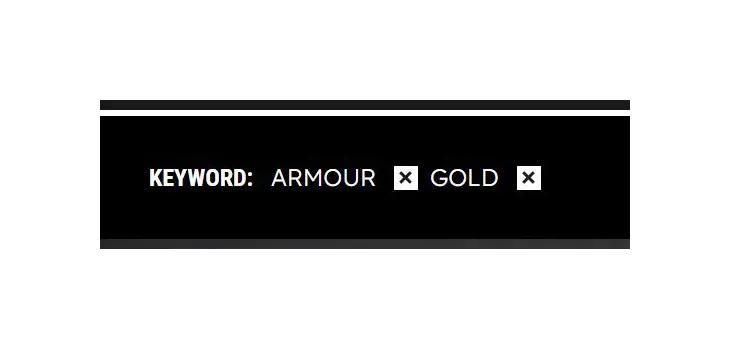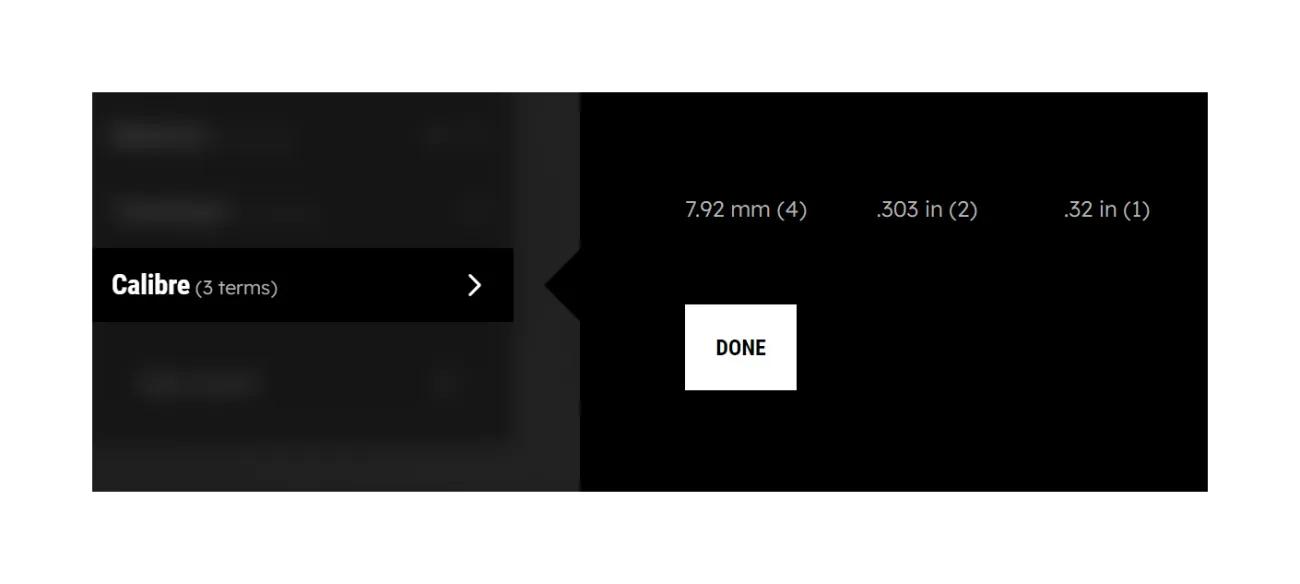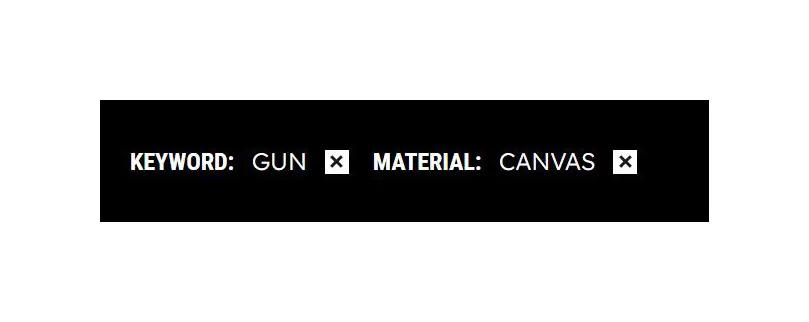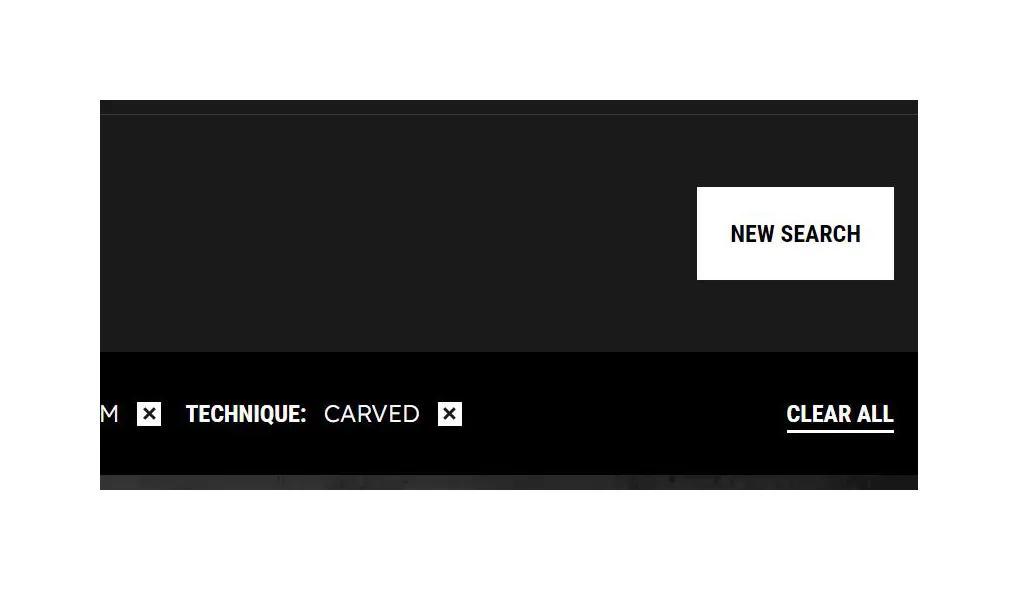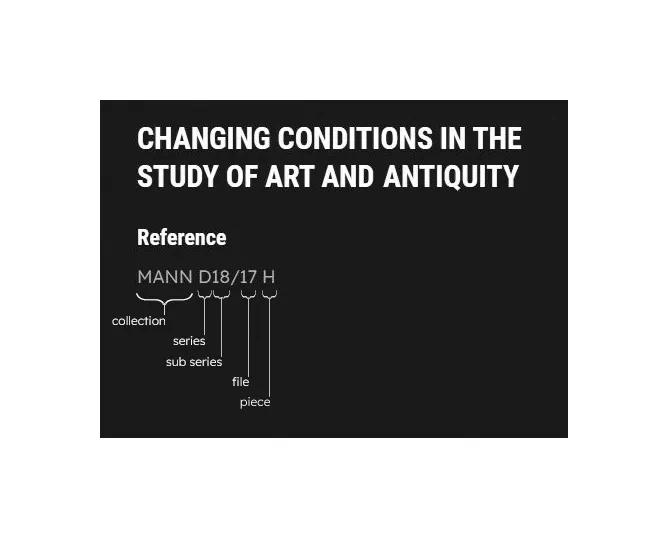Guide to collection online

We hope you find using the new Royal Armouries Collection online simple and enjoyable.
A full guide is provided below, but here are some basic instructions to get you started.
- Type your search term(s) in the search box and press enter.
- Put phrases or sentences inside quotation marks, – for example "elephant armour".
- Use the filters and keyword search to narrow down your search results and find what you're looking for.
Guide to searching the Collection
The single large search box provides a simple and familiar way of searching across all fields in the collection database at once including objects, archives, and library books and journals.
- Type your search term(s) into the large search box and press enter.
- To search for phrases or sentences, place them inside quotation marks, – for example "elephant armour".
- After entering a search term the results will be listed on a new page.
- The search results page also provides:
- The number of search results
- The keyword terms you searched for
- Filters, sort functions, and keyword search box, to narrow down your search
List or image grid view and hiding filters
- Image grid view is shown by default but you can switch to list view by selecting the list icon.
- Select the grid icon to switch to image grid view.
- To see more results on the page select "hide filters".
Sorting results
- Results can be sorted in several ways by selecting one of the options in the dropdown menu shown below.
Filtering results
You can refine your results by using different filters.
- There is an option to filter by collection.
- Select the drop-down menu shown below and choose from "objects", "archive records", or "library resources"
On display only
- You can choose to only see objects that are on display.
Image only
- You can choose to only see records that have images.
Using a keyword
- You can type in additional keywords into the search box labelled 'Enter a keyword' and then select the magnifying glass icon or press enter to apply.
- The additional keyword(s) will be shown next to previous search terms in the black bar above the filters.
- A new set of search results will now show records that also include the new keyword(s).
Filter categories
- Filter categories are listed below the keyword search.
- The number of terms in a category is shown in brackets next to each category.
- Filters that are greyed out have no terms matching your search terms and therefore it cannot be used to filter your results.
The date filter allows the search to be narrowed to a specific date range.
The filter categories allows you to refine your search.
- The number of results containing your search term is shown in brackets beside each category term.
- Selecting a category term adds it to the black bar beside other keywords.
- The updated results will include all the keywords including the one selected from a category.
- Terms from more than one category can be selected.
- The number of available filter category terms will decrease as the search narrows.
Removing filter terms
- You can remove filter terms by clicking on the cross next to the term in the black bar.
A new search can be started any time by selecting 'New search' on the top right of the results page – this will return you to the Collection online search page.
Downloading results
- Search results cannot currently be download - we hope to bring you this function soon.
Sharing results
- Selecting 'Share results', will save a link to the results page to your clipboard.
- For example: https://royalarmouries.org/collection/search?keyword=armour&keyword=german&keyword=germany&image=true&view=grid&sort=summary_title:asc&page=1
Museum number formats
- The Collection online uses separate Museum number formats for objects, archive records, and library resources.
Object numbers
- Object numbers commonly use a format that contain 2 or 3 elements:
- the first part of the number is a classification number in Roman numerals - e.g. 'IV.' is 'Helmets' - see below for the full classification list and their descriptions.
- numbers that relate to African and Asian objects all begin with 'XXVI' but have an additional letter after the Roman numerals to indicate a specific classification - e.g. 'XXVIF.' is 'African and Asian Firearms'.
- the second part of the number is in Arabic numerals and is a unique indentifier within that classification - e.g. 'III.1123' is a 'left pauldron', whereas 'IV.1223' is a 'helmet, a pikeman's pot'.
- Some objects such as a harness or suit of armour are made of component parts . These parts are identified by the addition of a space and suffix letter after the Arabic numerals - e.g. 'II.8 S' is a ventral plate from the armour of Henry VIII, 'II.8'.
- Objects that form part of the collection within the National Firearms Centre, formerly the Pattern Room, prefix their object numbers with the letters 'PR.' - e.g. 'PR.1223' is a 'Centrefire automatic machine gun - GPMG, L8 A1, AFV model, 1968'
Object classifications and descriptions
Similar types of objects are sometimes grouped together into a broader classification - e.g. 'VII.' 'Staff weapons' includes: 'lances, spears, pikes, halberds, glaives, etc'.
| I. | Fine and decorative arts |
| II. | Armours |
| III. | Armour components |
| IV. | Helmets |
| V. | Shields |
| VI. | Animal armour, saddles, equestrian equipment, and spurs |
| VII. | Staff Weapons |
| VIII. | Maces, hammers, axes, and clubs |
| IX. | Swords |
| X. | Daggers, knives and bayonets |
| XI. | Bows, arrows, crossbows, and related equipment |
| XII. | Firearms |
| XIII. | Firearm accessories and equipment |
| XIV. | Combination weapons |
| XV. | Instruments of torture and punishment |
| XVI. | Uniforms, Colours and Personal Relics |
| XVII. | Sculptures, mannequins, and trophies |
| XVIII. | Miscellaneous Objects |
| XIX. | Artillery |
| XX. | Ammunition |
| XXI. | Replicas, fakes, and forgeries |
| XXII. | Bayonets |
| XXIII. | Miscellaneous artillery equipment and tools |
| XXIV. | Firearms |
| XXV. | Artillery projectiles and munitions |
| XXVIA. | African and Asian armour |
| XXVIB. | African and Asian bows, arrows, crossbows, and related equipment |
| XXVIC. | African and Asian maces, hammers, axes, and clubs |
| XXVID. | African and Asian daggers, knives and bayonets |
| XXVIF. | African and Asian firearms |
| XXVIH. | African and Asian horse armour, saddles, and equestrian equipment |
| XXVIL. | African and Asian staff weapons |
| XXVIM. | African and Asian miscellaneous |
| XXVIS. | African and Asian swords |
| XXX. | Miscellaneous firearms and equipment |
| PR. | Former Pattern Room collection - firearms and weapons up to 40 mm calibre |
Archive reference numbers
- Archive records use a format that contains several elements:
- the first part denotes the archive collection name, usually that of the organisation or person it originated with - e.g. 'MANN D18/17 H' or 'MANN 15/8 404' are from the archival collection of Sir James Mann.
- The letter and numbers that come after the collection identifier, often separated by spaces or trailing slashes "/", indicate its hierarchical position within that collection.
Library resource numbers
- Library resource numbers use a format with 2 elements:
- the first part of the number are 3 letters, 'RAL' for books, and 'RAS' for auction catalogues.
- the second part of the number is in Arabic numerals placed after a space and is a unique indentifier within that classification - e.g. 'RAL 08477' is a book "General regulations and instructions for the ten troops of Wiltshire Yeomanry", and 'RAS 06255' is an auction catalogue "Modern sporting guns Sale no. 7548a, by Bonhams and Butterfields, San Francisco, Ca., 2004".
The Collection online uses data extracted from the Royal Armouries collection management database. It is a tool used by the Museum for the management of the physical collection, to store information about the objects and our archives. Most of the information within database was transferred from a much older one which itself was populatd by transcribing printed catalogue entries. More recently the Pattern Room database was absorbed into it when that collection was transferred to the Royal Armouries. Because it is used by subject specialists, scientists, and archivists for the management of the Museum's collection and it is full of specialised terms, abbreviations and shorthand.
While the number of records in our collection database is not very large, approximately 250,000 records, the standard of them varies greatly, from nothing more than stub records containing only the most basic of infomation to records containing detailed information and large numbers of images taken over the last century. But we are working hard to improve the overall standard over time; each year targets are set for the improvement of collection records to meet the Museum's 'minimum cataloguing standard'. Information of a sensitive or personal nature is not published.
Data published on Collection online has been compiled over the life of the museum. We are aware that some of the records reflect ideas that are now outdated or contain terminology that may now be considered discriminatory or offensive. We are actively taking steps to resolve these issues and will review and update records accordingly. Please contact us to report any material that you believe to be discriminatory or offensive, or to improve our knowledge of the collection - enquiries@armouries.org.uk
Library resources data used in Collection online is extracted from our KOHA library management system database. This system is used by the Museum's librarian to manage and control the Museum's library holdings at the Royal Armouries Museum, Fort Nelson, and the Tower of London.
If you have any concerns about the accuracy of the library resources data or wish to report an error please contact the librarian directly - library@armouries.org.uk


